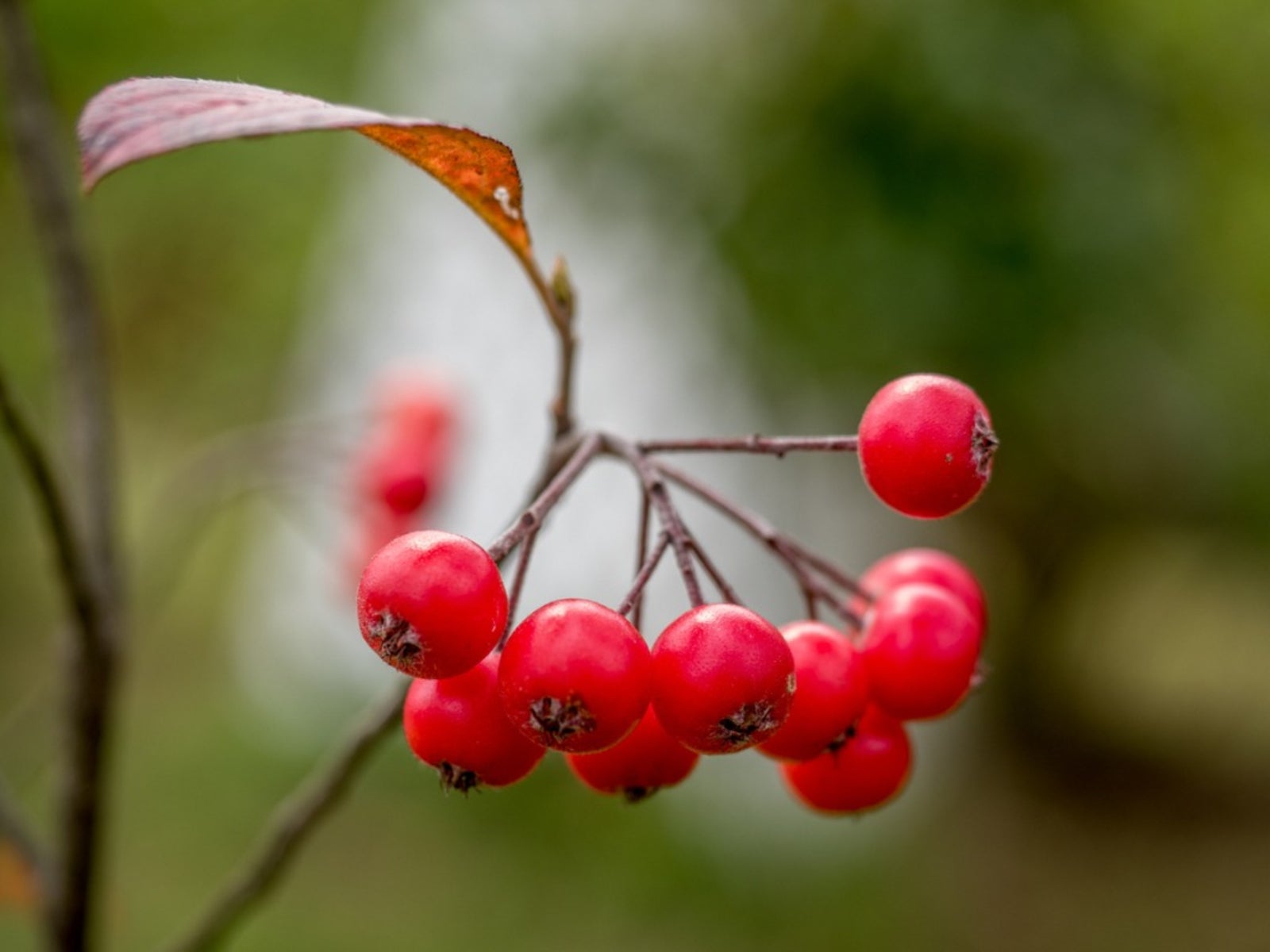Washington Hawthorn Care – Learn How To Grow Washington Hawthorn Trees


Washington hawthorn trees (Crataegus phaenopyrum) are native to the southeastern part of this country. They are cultivated for their showy flowers, bright-colored fruit, and lovely fall colors. A relatively small tree, Washington hawthorn makes a nice addition to a backyard or garden. Keep reading for tips on how to grow Washington hawthorn trees.
Washington Hawthorn Information
If you are thinking of growing a Washington hawthorn, you’ll find a lot to love in this native deciduous tree. It offers fragrant spring flowers that attract butterflies and bright fruit called haws that wild birds love. These hawthorns are also lovely in autumn. The green foliage blazes into shade of orange, scarlet, crimson, and purple. Washington hawthorn trees don’t get taller than 30 feet (9 m.). Cultivated specimens can be considerably shorter. Those thinking of growing Washington hawthorn will want to know that the branches have large spines, however. That makes them good candidates for a defensive hedge but probably not a good idea if you have pets or small children running around.
Washington Hawthorn Care
Before you start planting a Washington hawthorn, be sure you are in an appropriate hardiness zone. Washington hawthorn trees thrive in USDA plant hardiness zones 3 through 8. Instructions on how to grow a Washington hawthorn are not complex. Plant the tree in moist, well-draining soil in a full sun location. If you find the optimal site, Washington hawthorn care and maintenance will be minimal. These trees require regular irrigation after planting. When the root system is established, their demand for water diminished. Still, moderate irrigation remains part of its routine care. Like other hawthorn trees, Washington hawthorns are susceptible to attack by many types of insects and a variety of diseases. Preventing or dealing with these is crucial. Pests that attack these trees include aphids and pear slugs (sawfly larvae), but these can be eliminated by spraying water from a garden hose. Borers only attack weak trees, so avoid this pest by keeping your hawthorn vigorous and healthy. The trees can also be attacked by leaf miners, lace bugs, and tent caterpillars. Spider mites can also be a problem, but all of these pests can be treated if detected early. In terms of diseases, Washington hawthorn trees are susceptible to fire blight. Look for brown branch tips that appear scorched. Prune out diseased branch tips a foot (31 cm.) or two beyond the blighted wood. Leaf blight and cedar hawthorn rust can also cause problems.
Sign up for the Gardening Know How newsletter today and receive a free copy of our e-book "How to Grow Delicious Tomatoes".

Teo Spengler is a master gardener and a docent at the San Francisco Botanical Garden, where she hosts public tours. She has studied horticulture and written about nature, trees, plants, and gardening for more than two decades, following a career as an attorney and legal writer. Her extended family includes some 30 houseplants and hundreds of outdoor plants, including 250 trees, which are her main passion. Spengler currently splits her life between San Francisco and the French Basque Country, though she was raised in Alaska, giving her experience of gardening in a range of climates.